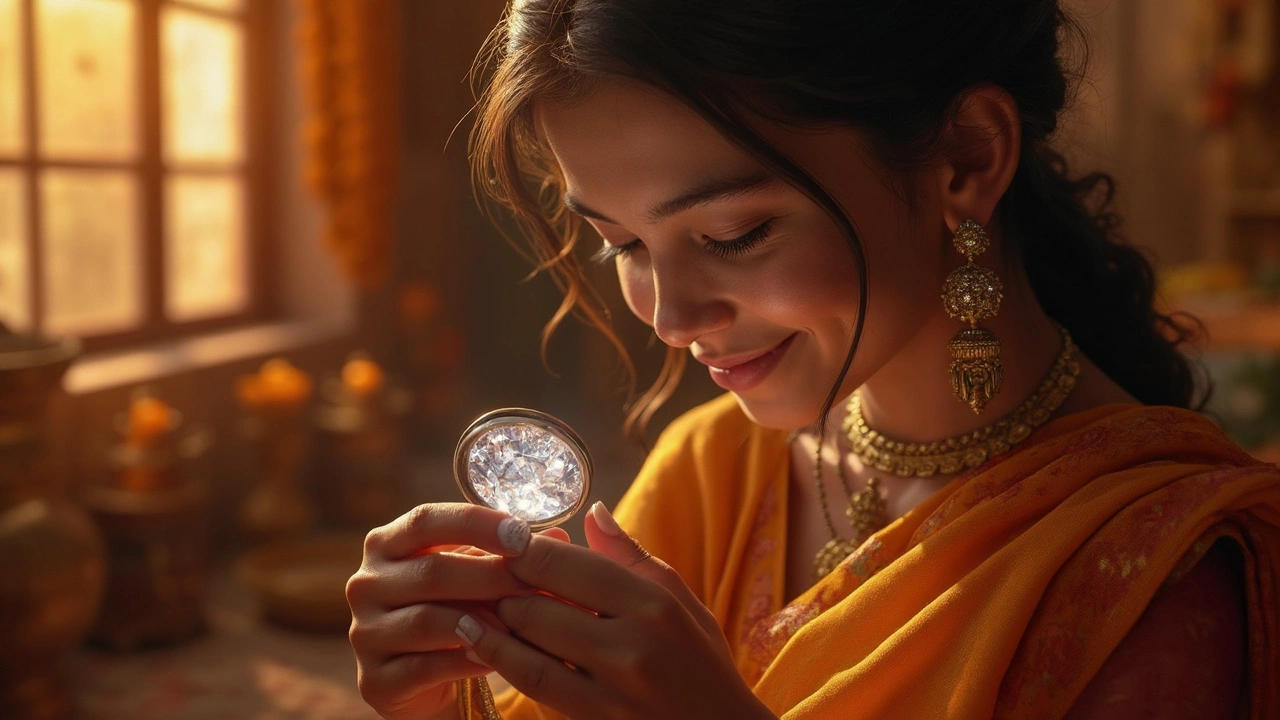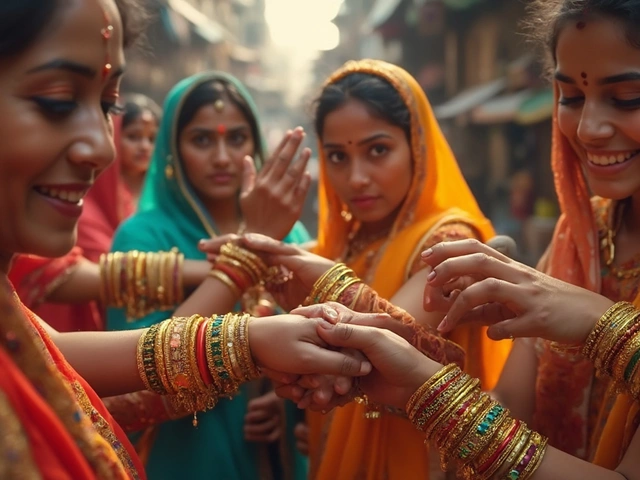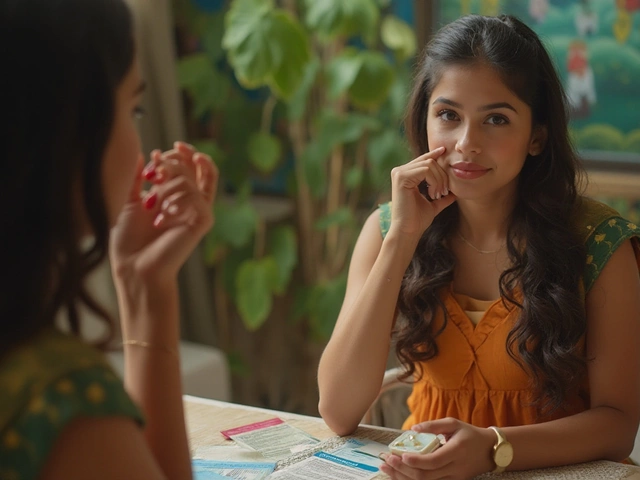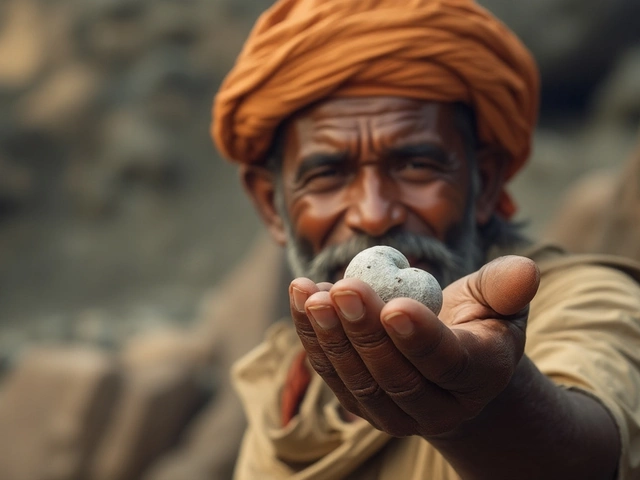Diamond Jewelry Guide: Choose, Buy, and Care for Your Stones
If you’re thinking about buying a diamond, you probably have a lot of questions. How do you know if it’s real? What makes one diamond cost more than another? And once you have it, how do you keep it looking fresh? This guide breaks down the basics in plain language so you can feel confident about your purchase.
What to Look for When Choosing a Diamond
The most common way to judge a diamond is the 4Cs – Cut, Color, Clarity, and Carat weight. You don’t need to memorize every detail, just know what each term means.
Cut is about how well the stone reflects light. A good cut makes the diamond sparkle even if the other qualities are average. Color ranges from completely colorless (D) to a faint yellow hue (J). Most people pick a stone in the near‑colorless range because the difference is hard to see without a magnifier.
Clarity refers to the tiny inclusions inside the stone. A rating of VS1 or VS2 means you won’t see any flaws without a jeweler’s loupe. Finally, Carat is the weight. Bigger isn’t always better – a well‑cut 0.9‑carat can look larger than a poorly cut 1‑carat.
When you compare diamonds, start with the cut, then look at the other three. A good cut can hide minor color or clarity issues, giving you the most sparkle for your money.
How to Verify Quality and Get the Best Price
Always ask for a grading report from a reputable lab like GIA or IGI. The report lists the exact 4Cs and confirms the stone is natural, not lab‑grown. If a seller can’t provide a report, walk away.
Price can vary a lot between retailers. Look for sites that show a clear price breakdown and compare the same grade of diamond. Online stores often have lower overhead, so you can get a better deal than a brick‑and‑mortar shop.
Don’t forget to factor in the setting. A simple solitaire prong setting lets the diamond shine, while a heavy halo can add sparkle but also raise the total cost. Decide what style fits your budget and taste before you add the metal.
When you find a stone you like, ask about the return policy and warranty. A 30‑day return window and a lifetime cleaning service are signs of a trustworthy seller.
Keeping Your Diamond Sparkling
Cleaning a diamond is easy. A mild dish soap, warm water, and a soft brush will remove most dirt. For a deeper clean, you can use a jewelry‑specific cleaner, but avoid harsh chemicals like bleach.
Store your diamond separately from other jewellery to prevent scratches. A soft pouch or a dedicated compartment in a jewellery box works well.
Take your diamond in for a professional check once a year. The jeweler can tighten prongs and re‑polish the stone if needed. Regular maintenance keeps the diamond secure and bright.
With these basics, you’re ready to shop confidently. Remember, the right diamond is the one that fits your style, budget, and lifestyle. Happy buying!
Can a Hammer Break a Diamond? The Surprising Truth Behind Diamond Strength
Most people think diamonds are unbreakable, but the reality is not so simple. This article digs into whether hitting a diamond with a hammer will actually break it. You'll learn what makes a diamond so hard, why it can still shatter, and what this means for diamond jewelry owners in India. Discover real-world stories and useful tips to handle diamond rings. With the right knowledge, you can keep your diamonds shining for years.





